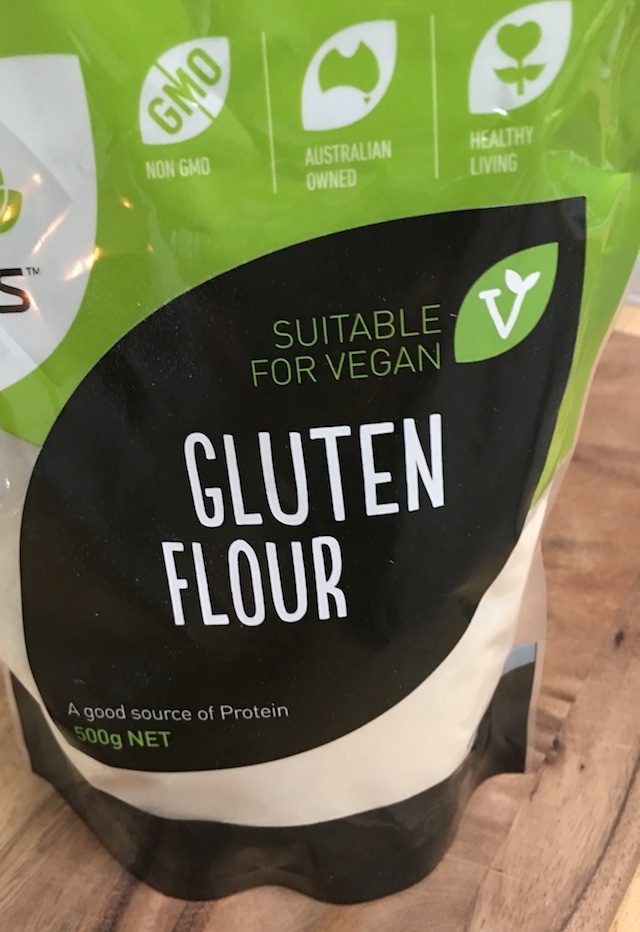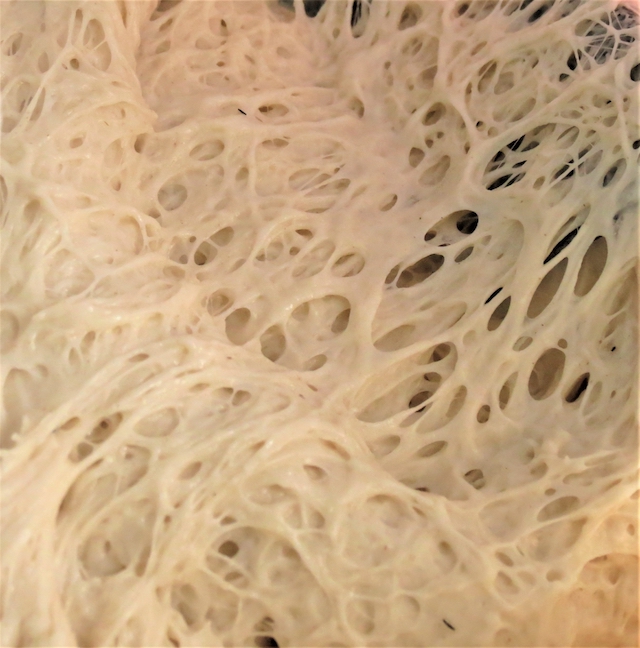What if the problem isn’t gluten?

Gluten is viewed as the number one dietary villain in the average Western diet. Avoid gluten and you can avoid a myriad of health problems – or so the thinking goes. Gluten has been implicated in digestive problems including leaky gut syndrome leading to brain fog and auto-immune diseases such as multiple sclerosis (MS). It’s also blamed for osteoporosis, infertility, autism, schizophrenia and itchy skin rash. What if the problem isn’t gluten? Let’s take a look.
What is gluten?
Gluten is what makes doughs elastic and able to trap air. It's what gives bread its recognisable structure. Gluten is a protein found in:
- Wheat (including spelt, emmer, einkorn and other ancient forms of wheat)
- Rye
- Barley
- Oats (in Australia and many other countries *)
* Oats are technically gluten-free but are not permitted on gluten-free diets as they're generally grown in fields near wheat and transported and stored in silos with wheat. Contamination with wheat means commercial oats contain some gluten. Some research shows that pure oats have little or no gluten and are probably OK for most coeliacs. It's not cut and dried – there may also be oat proteins that trigger a reaction so take the advice of your local coeliac group or a dietitian.
Does modern wheat contain more gluten?
Grain breeding experts report that, to the contrary, modern wheats do not contain an increased percentage of gluten protein in its endosperm (which is the largest part of the wheat grain).
A study, known as the Broadbalk Wheat Experiment (established in 1843 at Rothamsted in rural Hertfordshire UK), went back to plots of historic English wheat samples from 1843 and analysed them and their soil samples for their composition up until the present time.
What the study showed was that the concentrations of zinc, iron, copper and magnesium remained stable between 1843 and the mid 1960s, but since then decreased significantly, which coincided with the introduction of semi-dwarf, high-yielding cultivars. This was due to the rapid growth and size of the wheat kernels themselves. The resulting starch accumulated faster in the grain was not matched by an increase in minerals transported through the plant.
A second reason for the drop in minerals has been the improved yields per hectare, which has resulted in minerals being diluted.
So, we gained higher yields but at the cost of lower zinc, copper and magnesium concentrations!
What in wheat is the actual culprit?
Research in Australia by Dr Peter Gibson at Monash University in Victoria now points to the natural FODMAPs of wheat called fructans. These are short-chain indigestible carbohydrates which escape breakdown in our digestive tract and end up being fermented by the bacteria who turn these into gases. The result? You end up with bloating, flatulence and a distended tummy – the very symptoms that you’re trying to avoid.
Wheat is at the top of the list of FODMAPs which stands for Fermentable Oligo- Di- and Monosaccharides and Polyols, which is a scientific way of saying all the things that end up being fermented once inside the body.
FODMAPs can cause unpleasant digestive symptoms for sensitive people, especially those with irritable bowel syndrome (IBS) and inflammatory bowel disease (IBD). Fructans occur in large quantities in:
- wheat, barley and rye – the three grains that also contain gluten
- garlic
- onion
Fructans are found in many foods with gluten such as bread and pasta. The idea of FODMAPS as the possible culprit came from this same research group who accidentally helped popularize the idea of gluten sensitivity. In 2011, a study of 34 people with irritable bowel syndrome reported that subjects felt better when they ate a gluten-free diet.
The same research group did a follow-up study. The researchers put gluten sensitive subjects on a diet free of both gluten and FODMAPs until they felt better. They then gave some of the subjects gluten and found that they did not react to it, suggesting the problem was FODMAPs and not gluten. However, by that time the gluten sensitivity movement had well and truly begun.
This finding has been backed up by a Norwegian trial that showed it is the fructans in wheat, rather than the gluten, that can induce the same symptoms. This study looked at 59 people who did not have coeliac disease yet found relief when they ate a gluten-free diet.
Subjects were randomly assigned to eat seemingly identical muesli bars that contained either gluten, fructans, or neither (placebo) for seven days. They then crossed over into a different group, until they had completed all three bar diets and recorded their digestive symptoms.
Researchers found that symptoms, especially bloating, were 15 per cent WORSE after eating the fructans muesli bar compared to the placebo. Interestingly, the gluten bar had no effect on symptoms, which suggested that gluten is not the culprit after all – something I’ve wondered about for years.
Lead author Gry Skodje believes these findings strongly support the idea that fructans in wheat are the trigger of digestive symptoms, not gluten. It also helps explain why researchers have been left stumped trying to figure out how gluten causes issues for those who don’t have coeliac disease.
Why sourdough might be better for you
Fermentation during the sourdough process reduces FODMAP levels. Breads made using the traditional sourdough process that are made with flours that are low in FODMAPs like spelt – which does contain gluten – can be tolerated by people who have been shown to have FODMAP sensitivity.

The real problem: modern bread making
Commercial dough today is routinely loaded with conditioners and additives designed to shortcut natural processes and to function effortlessly with the machines that produce it. Fast fermentation transforms flour into soft squeezable packaged loaves. Gluten is added to commercial loaves such as heavy meals or multigrains to boost their volume and give them squeezability. It boosts their volume and- keeps them from crumbling apart. However added gluten is used sparingly - as it is 4 to 6 times the price of flour. But it is an added extra!
Digestive problems often come from eating normal supermarket bread. It’s rarely reported after eating a genuine sourdough which points to something in the breadmaking process as being critical. It’s also rarely reported in people who travel to Europe where they find they can happily eat the bread and pasta there – unlike in their home country.
The bottom line
Only if you are unfortunate enough to have coeliac disease (which affects a tiny 1 per cent of the population) or the related gluten sensitivity (which affects around 15 per cent) will gluten-free bread be of help. If you have trouble with bread and don’t have either of these conditions then it’s probably not the gluten bread contains that’s your problem. It could possibly be the fructans in wheat.
However, it’s more likely to be the swift fermentation time used by modern bakeries. Try steering clear of regular supermarket sliced bread and instead buy a genuine sourdough (even one that’s made with white flour) from a traditional sourdough baker. Don’t fall for the added vinegar in supermarket look-alikes that aim to mimic that slightly sour taste – they haven’t been through the longer fermentation time. See my other post on the best sourdoughs to buy in Sydney.




